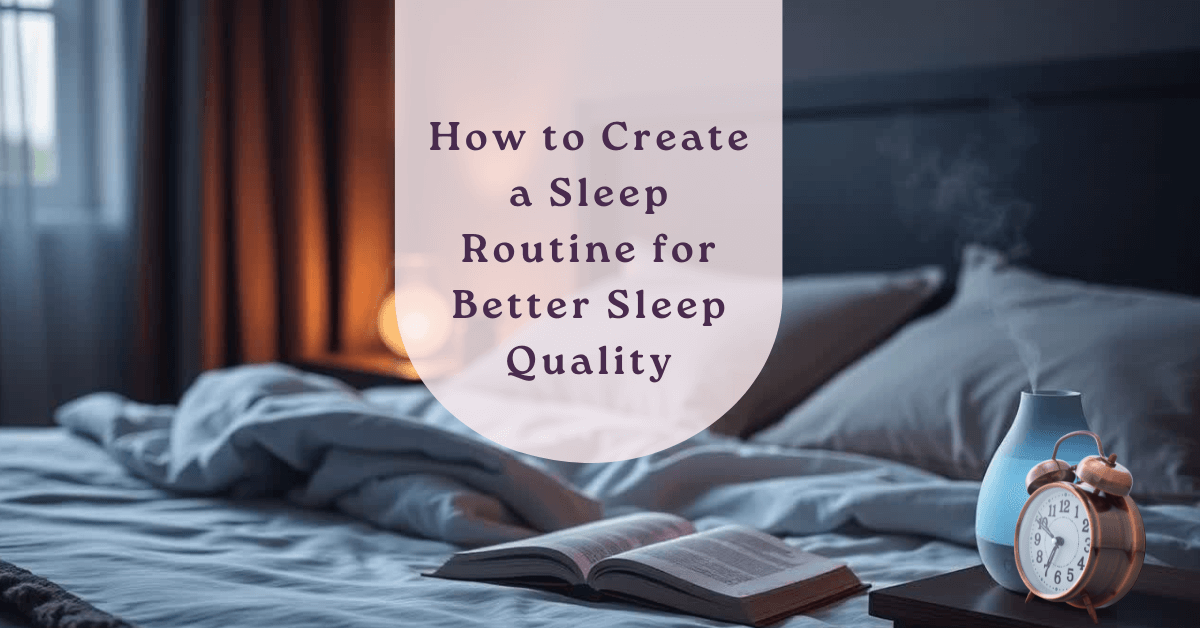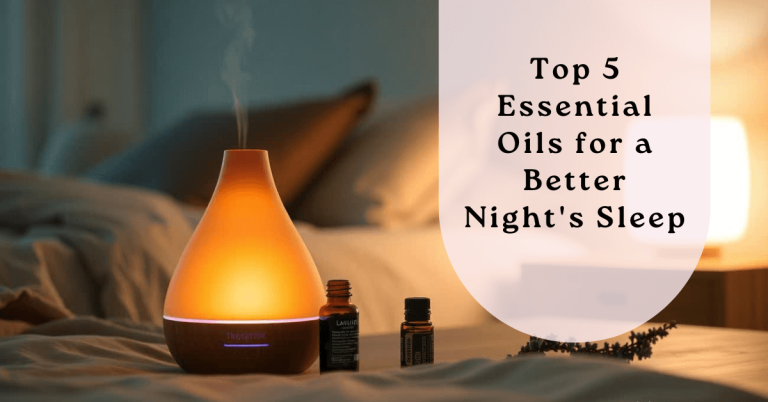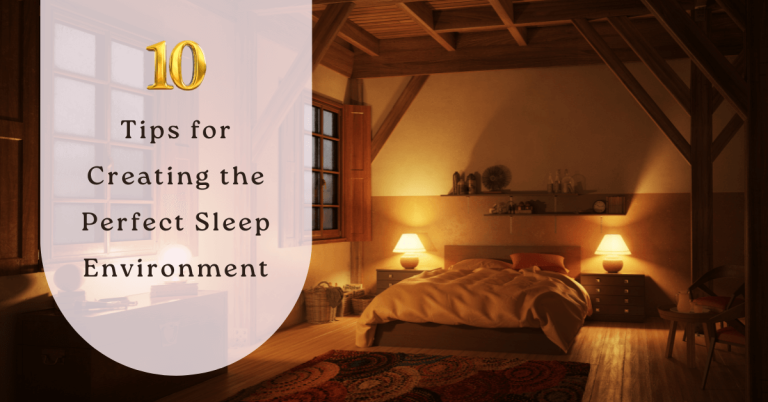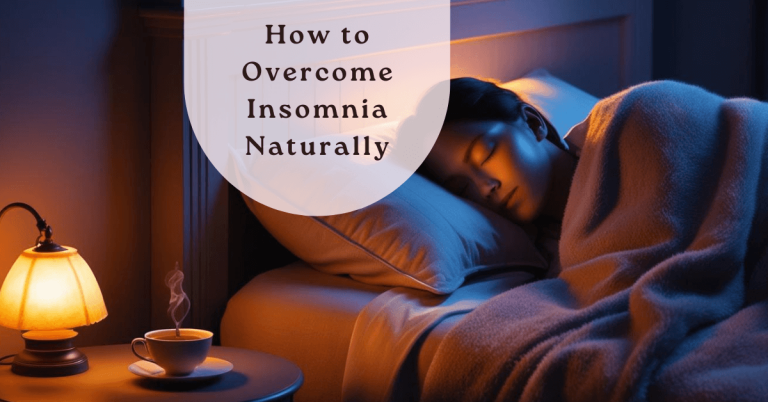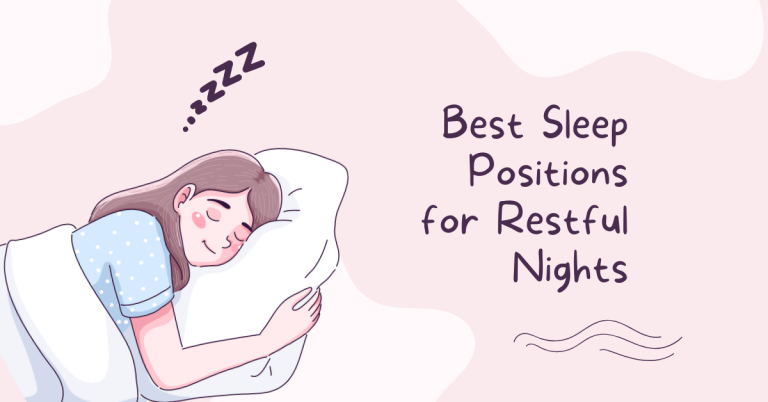How to Create a Sleep Routine for Better Sleep Quality
Struggling with restless nights or groggy mornings? You’re not alone. Millions of people toss and turn, battling poor sleep quality. The secret to waking up refreshed isn’t just about how long you sleep—it’s about how well you sleep. Building a consistent sleep routine can transform your nights, boost your energy, and improve your overall health. Let’s dive into seven actionable steps to craft a sleep schedule that works.
1. Set a Consistent Bedtime (Yes, Even on Weekends!)
Your body thrives on routine. Going to bed and waking up at the same time daily trains your internal clock (circadian rhythm) to feel sleepy and alert at predictable times. For example, if you aim for 11 PM bedtime and 7 AM wake-up, stick to this—even on Saturdays.
Pro Tip: Adjust gradually. If you’re used to midnight bedtimes, shift 15 minutes earlier each night until you hit your goal.

2. Power Down Screens 1–2 Hours Before Bed
Scrolling through TikTok or binge-watching shows before bed? The blue light from screens suppresses melatonin, the hormone that makes you sleepy. This tricks your brain into thinking it’s daytime, delaying sleepiness.
What to Do Instead:
- Swap screens for a paperback book or journal.
- Use blue-light-blocking glasses if you must use devices.
- Try “Do Not Disturb” mode to avoid late-night notifications.

3. Create a Soothing Wind-Down Ritual
Your brain needs time to shift from “go mode” to “sleep mode.” A 30–60 minute wind-down routine signals it’s time to relax.
Ideas to Try:
- Meditate: Apps like Calm or Headspace offer sleep-focused sessions.
- Stretch gently: Try yoga poses like Child’s Pose or Legs-Up-the-Wall.
- Sip herbal tea: Chamomile or valerian root tea promotes calmness.


4. Optimize Your Sleep Environment
A dark, cool room mimics your body’s natural drop in temperature during sleep. Aim for 60–67°F (16–19°C)—the ideal range for most people.
Quick Fixes:
- Use blackout curtains or a sleep mask to block light.
- Invest in breathable bedding (cotton or bamboo sheets).
- A white noise machine or fan can drown out disruptive sounds.

5. Avoid Caffeine & Heavy Meals Before Bed
That after-dinner espresso or late-night pizza? Big mistake. Caffeine lingers in your system for 6+ hours, and digestion disrupts deep sleep.
Timing Matters:
- Cut off caffeine by 2 PM (or at least 4–6 hours before bed).
- Opt for light snacks if hungry: almonds, bananas, or oatmeal.

6. Use Relaxing Scents to Unwind
Aromatherapy isn’t just trendy—it works. Scents like lavender and chamomile reduce anxiety and prepare your mind for sleep.
How to Use Them:
- Add 2–3 drops of essential oil to a diffuser.
- Spritz lavender linen spray on pillows.
- Take a warm bath with Epsom salts and chamomile oil.
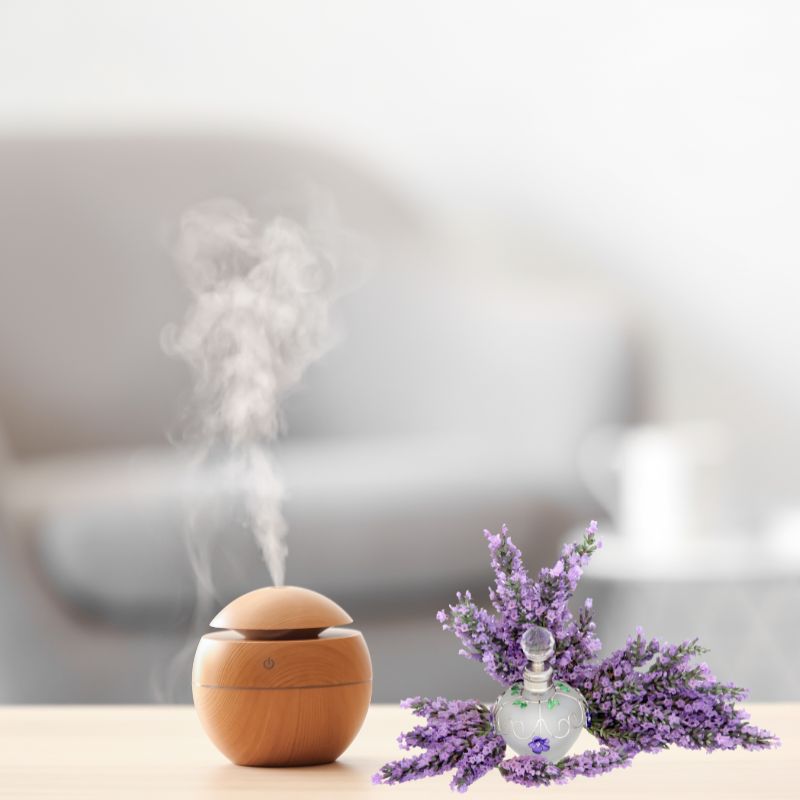
7. Consistency is Key—Even When Life Gets Busy
Skipping your routine “just once” can derail progress. Stick to your schedule, even during vacations or stressful periods. After 3–4 weeks, it’ll become second nature.
Troubleshooting Tip: If you can’t fall asleep after 20 minutes, get up and do something calming (e.g., read) until you feel drowsy.
Bonus: Track Your Progress!
Use a sleep journal or app like Sleep Cycle to monitor patterns. Note how changes like earlier bedtimes or no screens affect your energy levels.
FAQs
Q: What if I work night shifts?
A: Mimic nighttime by using blackout curtains and sticking to a fixed sleep schedule, even if it’s daytime.
Q: Are naps okay?
A: Limit naps to 20–30 minutes before 3 PM to avoid nighttime grogginess.
Q: How long until I see results?
A: Most people notice improvements in 1–2 weeks, but full adaptation takes 3–4 weeks.
Final Thoughts
Better sleep isn’t a luxury—it’s a necessity. By prioritizing a consistent routine, optimizing your environment, and ditching bad habits, you’ll unlock deeper, more restorative sleep. Start small: pick one tip (like a 10 PM screen curfew) and build from there. Your body (and mood) will thank you! 🌙
